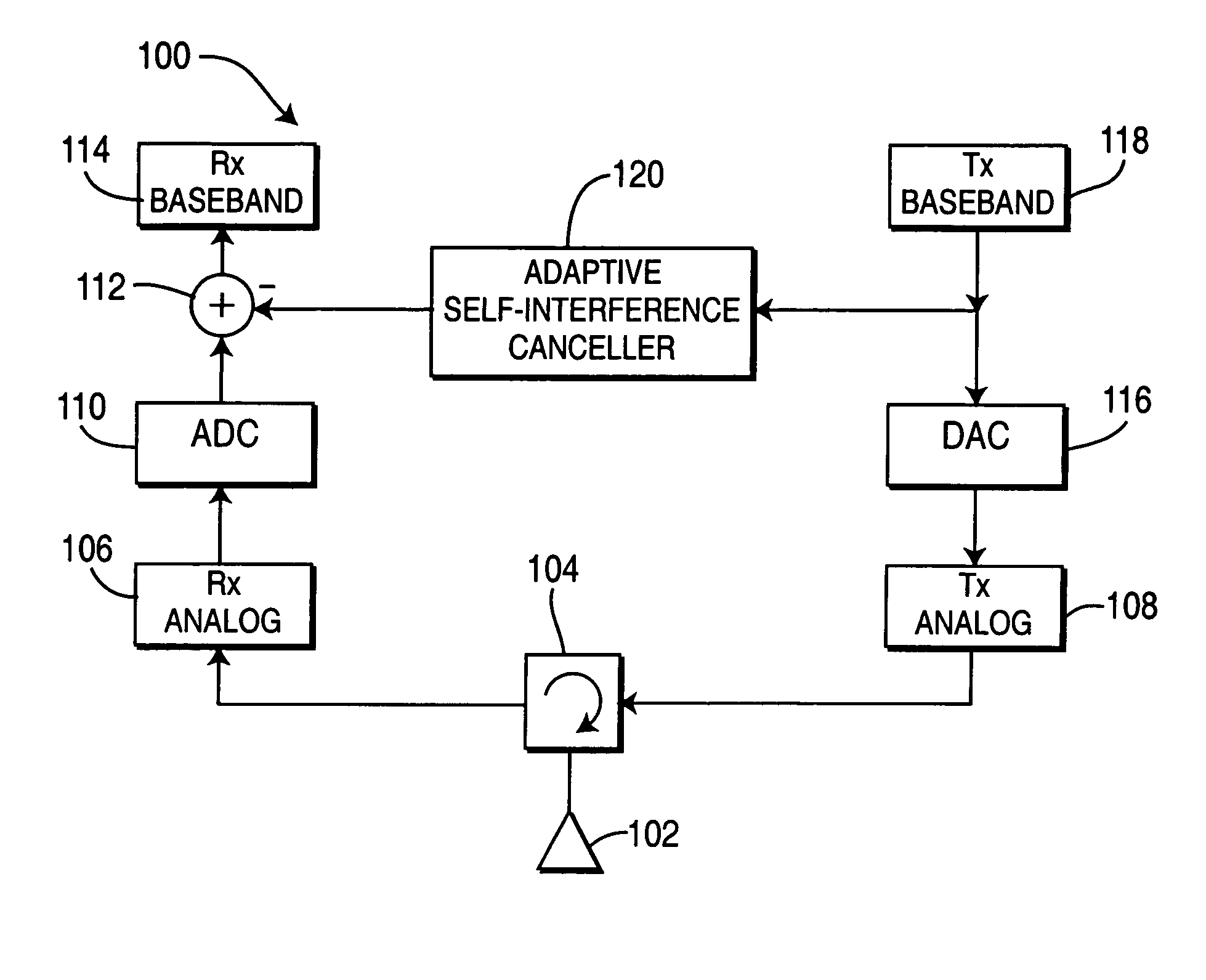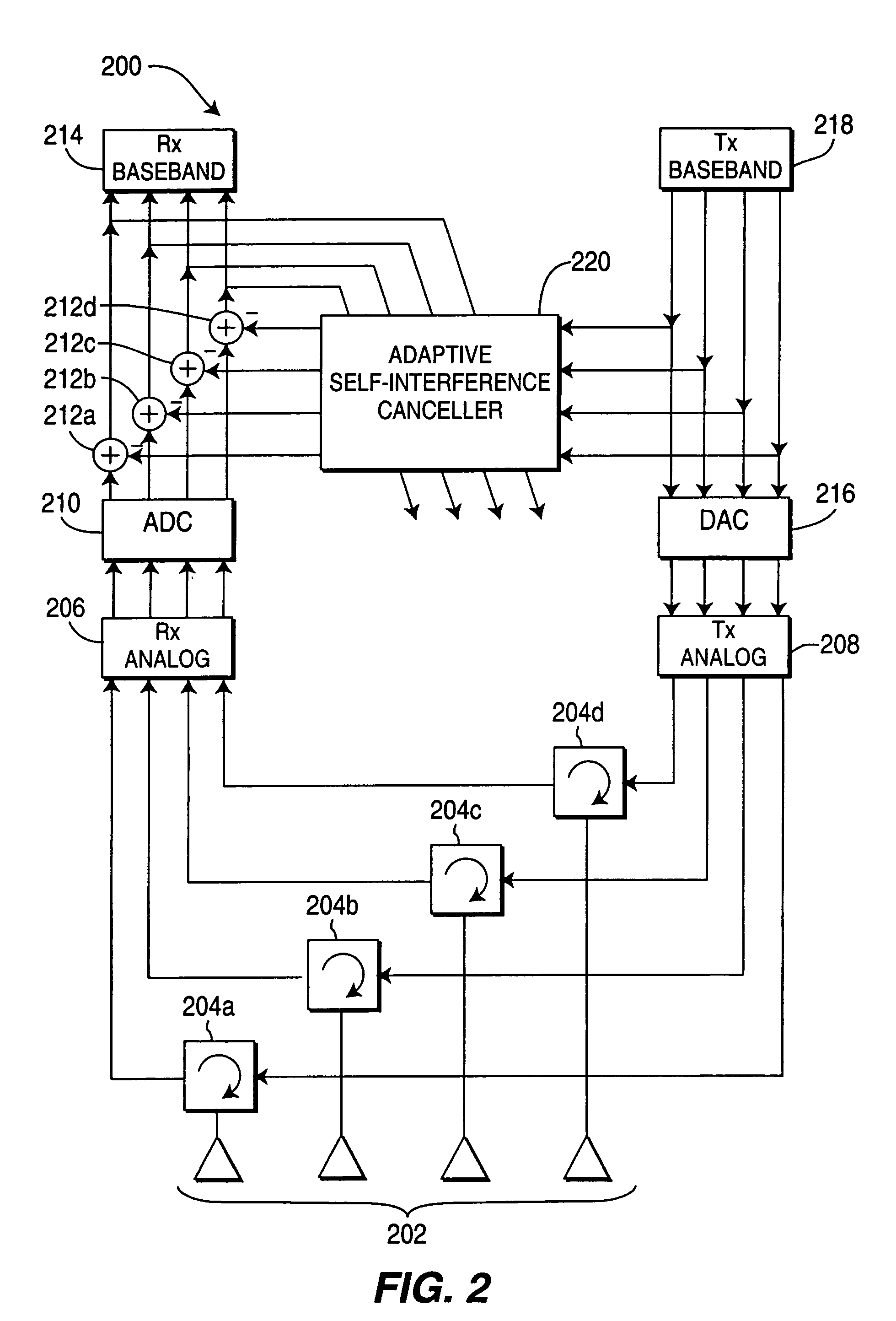System and method for increasing cellular system capacity by the use of the same frequency and time slot for both uplink and downlink transmissions
a technology of cellular system and frequency, applied in the field of radio communication system, can solve the problems of not being able to use the slot in prior art arrangements, not allowing the system to adapt very well to geographically inhomogeneous traffic conditions, and not allowing the cell to simultaneously support more traffic in both directions than its neighbors, so as to achieve the effect of increasing capacity and dramatically increasing the capacity of the system as a whol
- Summary
- Abstract
- Description
- Claims
- Application Information
AI Technical Summary
Benefits of technology
Problems solved by technology
Method used
Image
Examples
Embodiment Construction
[0019]The invention is now described in the context of time division duplex (TDD) transmission, as an example. In the present invention, certain time slots are used for both uplink (UL) and downlink (DL) transmission simultaneously. However, the possibility of using a slot for simultaneous UL and DL requires that important interference problems first have to be addressed.
[0020]There are two primary types of interference that may be created when allowing a slot to be used for both uplink and downlink transmissions: (1) self interference whereby the base station transmitter creates interference to its own receiver; and (2) a WTRU's transmitter creates interference to its own receiver or to another WTRU's receiver. A WTRU transmitter would create interference to its own receiver only if it is allowed to transmit and receive on the same slot, which is not mandatory even if the base station transmits and receives on the same slot.
[0021]Base Station
[0022]The base station self-interference...
PUM
 Login to View More
Login to View More Abstract
Description
Claims
Application Information
 Login to View More
Login to View More - R&D
- Intellectual Property
- Life Sciences
- Materials
- Tech Scout
- Unparalleled Data Quality
- Higher Quality Content
- 60% Fewer Hallucinations
Browse by: Latest US Patents, China's latest patents, Technical Efficacy Thesaurus, Application Domain, Technology Topic, Popular Technical Reports.
© 2025 PatSnap. All rights reserved.Legal|Privacy policy|Modern Slavery Act Transparency Statement|Sitemap|About US| Contact US: help@patsnap.com



